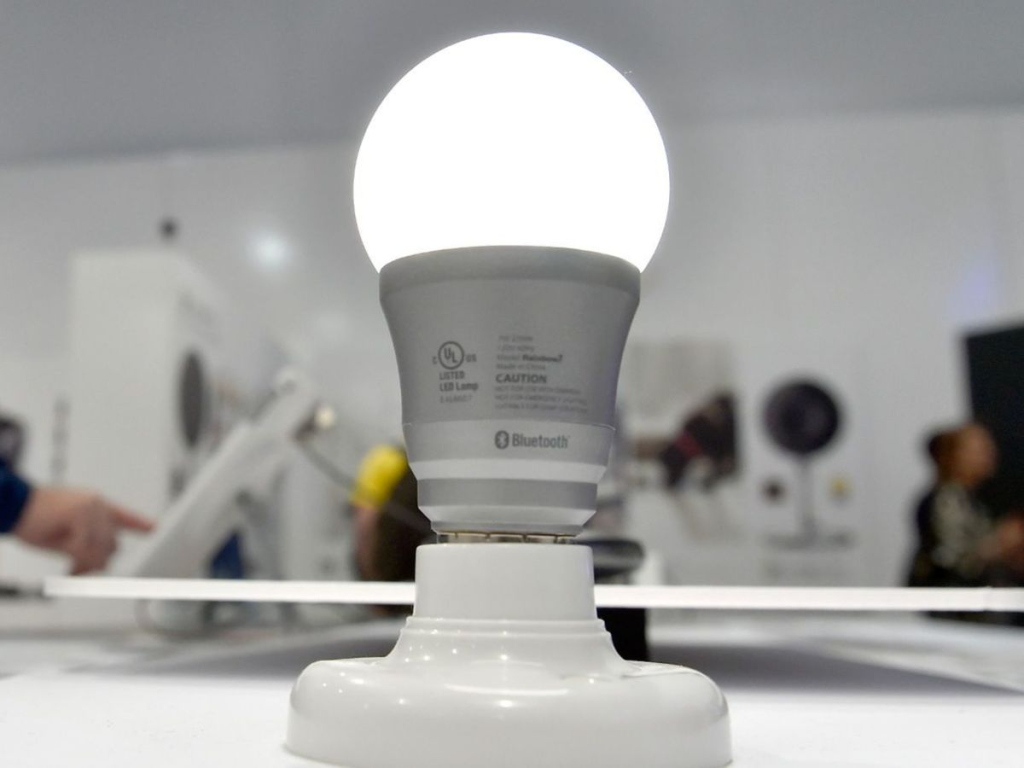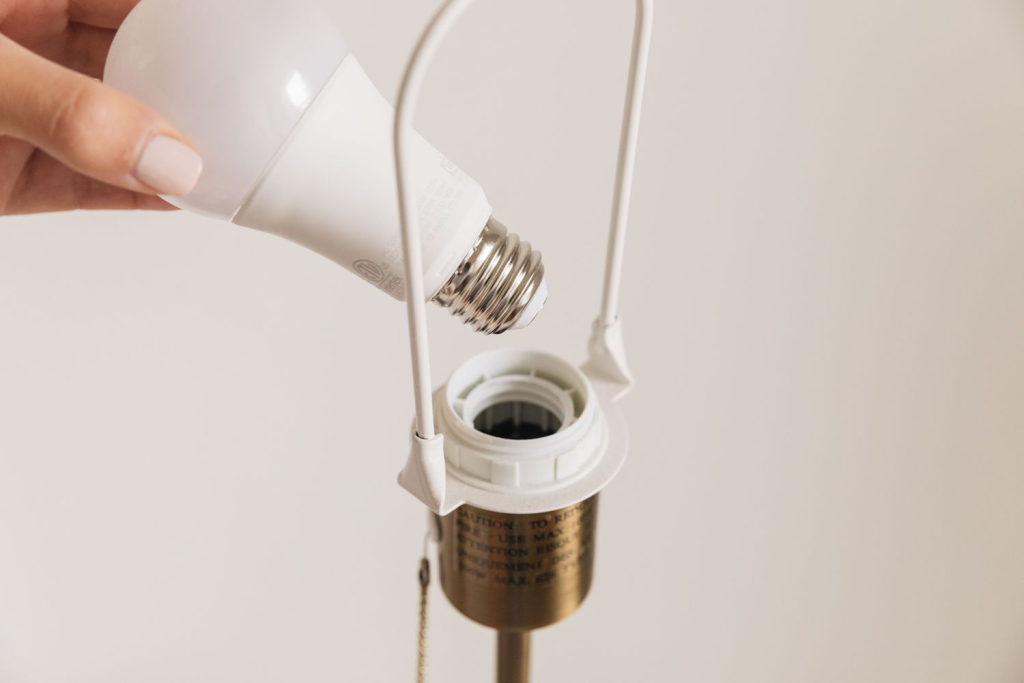- Introduction to Heat issues with LED light bulbs
- How LED light bulbs produce heat
- The effects of excess heat on LED light bulbs
- How to prevent and mitigate heat issues with LED light bulbs
- Conclusion: Ensuring the Safe and Effective Use of LED Light Bulbs
- FAQs about Heat issues with LED light bulbs
- What are the main causes of heat issues with LED light bulbs?
- How can I prevent heat issues with LED light bulbs?
- Can heat issues with LED light bulbs cause safety hazards?
- Can heat issues with LED light bulbs shorten the lifespan of the bulb?
- Can heat issues with LED light bulbs cause damage to surrounding materials or fixtures?
Introduction to Heat issues with LED light bulbs
LED light bulbs have become increasingly popular due to their energy efficiency and long lifespan. They are a great alternative to traditional incandescent bulbs, which are much less efficient and have a shorter lifespan. However, while LED light bulbs have many advantages, they can also produce excess heat, leading to various issues if not addressed properly.
Excess heat can negatively affect LED light bulbs and their surrounding environment. One of the most significant issues is the decreased lifespan of the bulb. Overheating can cause the LED chip to degrade more quickly, leading to a shorter lifespan for the bulb. In addition, high temperatures can cause damage to surrounding materials or fixtures, such as melting plastic or discoloring painted surfaces. Heat can also pose safety hazards, such as the risk of fire or burns if the bulb is touched while it is hot.
It is important to take a few simple steps to prevent and mitigate heat issues with LED light bulbs. Proper installation and ventilation are crucial to allow for heat dissipation. Using LED light bulbs with the appropriate wattage and color temperature for the application can also help reduce heat production. Regular maintenance and cleaning of fixtures can also help prevent overheating.
In this comprehensive guide, we will delve deeper into the topic of led light bulb heat issues, discussing how LED light bulbs produce heat, the effects of excess heat on LED light bulbs, and how to prevent and mitigate heat issues. By understanding the potential heat issues with LED light bulbs and taking the necessary precautions, you can ensure the safe and effective use of these energy-efficient lighting options.
How LED light bulbs produce heat

LED light bulbs work by using semiconductors to convert electricity into light. When an electric current passes through the semiconductor material, it releases photons, particles of light. This process is called electroluminescence.
During this process, some of the energy is also converted into heat. The amount of heat produced by an LED light bulb depends on several factors. One of the most significant factors is the wattage of the bulb. Higher-wattage LED light bulbs produce more heat, while lower-wattage bulbs produce less heat. This is because higher-wattage bulbs use more electricity, which generates more heat.
Another factor affecting the amount of heat produced by an LED light bulb is the color temperature. The color temperature of a light source is measured in degrees Kelvin (K) and determines the appearance of the light. Cooler color temperatures, such as daylight white or cool white, tend to produce less heat compared to warmer color temperatures, such as warm white or soft white. This is because cooler color temperatures require less energy, resulting in less heat.
Ambient temperature is also a factor that can affect the amount of heat produced by an LED light bulb. In general, LED light bulbs will produce more heat in a warmer environment compared to a cooler environment. This is because the heat produced by the bulb is absorbed more quickly in a warmer environment, leading to an increase in temperature.
Overall, the amount of heat produced by an LED light bulb is influenced by a combination of wattage, color, and ambient temperature. By understanding these factors and choosing the right LED light bulbs for the application, it is possible to minimize the amount of heat produced and reduce the risk of heat-related issues.
The effects of excess heat on LED light bulbs
Excess heat can have several negative effects on LED light bulbs and their surrounding environment. One of the most significant issues is the decreased lifespan of the bulb. When an LED light bulb overheats, it can cause the LED chip to degrade more quickly, leading to a shorter lifespan for the bulb. This can be a frustrating and costly problem, as replacing LED light bulbs can be more expensive than traditional incandescent bulbs.
In addition to decreasing the bulb’s lifespan, excess heat can also cause damage to surrounding materials or fixtures. High temperatures can cause the plastic to melt or painted surfaces to discolor, which can be unsightly and potentially costly. Heat can also pose safety hazards, such as the risk of fire or burns if the bulb is touched while it is hot.
It is important to reduce the heat produced by LED light bulbs to prevent these negative effects of excess heat. Proper installation and ventilation and choosing LED light bulbs with the appropriate wattage and color temperature can help minimize heat production and reduce the risk of heat-related issues.
While LED light bulbs are generally considered safe and energy-efficient, it is important to be aware of the potential heat issues and take the necessary precautions to prevent and mitigate them. By doing so, you can ensure the safe and effective use of LED light bulbs and avoid any potential problems.
How to prevent and mitigate heat issues with LED light bulbs

To prevent and mitigate heat issues with LED light bulbs, several steps can be taken. Proper installation and ventilation are crucial to allow for heat dissipation. When installing LED light bulbs, it is important to follow the manufacturer’s instructions and use the appropriate fixtures and fittings. Allowing proper air circulation around the bulb can help dissipate heat and prevent overheating.
Using LED light bulbs with the appropriate wattage and color temperature for the application can also help to reduce heat production. As mentioned earlier, higher-wattage LED light bulbs produce more heat, while cooler color temperatures produce less heat than warmer color temperatures. Choosing LED light bulbs with the appropriate wattage and color temperature for the application can help to minimize heat production and reduce the risk of heat-related issues.
In addition to proper installation and choosing the right LED light bulbs, regular maintenance and cleaning of fixtures can also help to prevent overheating. Dust and debris can accumulate on fixtures over time, which can block ventilation and increase the risk of overheating. Cleaning fixtures regularly and checking for any signs of damage or wear can help to ensure the proper functioning and prevent heat-related issues.
Overall, by taking these simple steps, it is possible to prevent and mitigate heat issues with LED light bulbs. Proper installation and ventilation and choosing LED light bulbs with the appropriate wattage and color temperature can help minimize heat production and reduce the risk of heat-related issues. Regular maintenance and cleaning of fixtures can also help to ensure the proper functioning and prevent overheating. By following these guidelines, you can ensure the safe and effective use of LED light bulbs in your home or business.
Conclusion: Ensuring the Safe and Effective Use of LED Light Bulbs
In conclusion, LED light bulbs are a great alternative to traditional incandescent bulbs due to their energy efficiency and long lifespan. However, it is important to be aware of the potential heat issues that can arise with LED light bulbs and take the necessary precautions to prevent and mitigate them. Excess heat can decrease the bulb’s lifespan, cause damage to surrounding materials or fixtures, and pose safety hazards.
To prevent and mitigate heat issues with LED light bulbs, proper installation and ventilation and choosing LED light bulbs with the appropriate wattage and color temperature are crucial. Regular maintenance and fixtures cleaning can also help ensure the proper functioning and prevent overheating. By following these guidelines, you can ensure the safe and effective use of LED light bulbs in your home or business.
Overall, understanding the potential heat issues with LED light bulbs and taking the necessary precautions is key to ensuring these energy-efficient lighting options’ safe and effective use.
FAQs about Heat issues with LED light bulbs
The main causes of heat issues with LED light bulbs are improper installation, high wattage, and warm color temperatures. Improper installation, such as not allowing proper ventilation, can lead to overheating. High-wattage LED light bulbs use more electricity and therefore produce more heat. Warm color temperatures, such as warm white or soft white, also produce more heat than cooler color temperatures.
To prevent heat issues with LED light bulbs, following the manufacturer’s installation instructions and to allow for proper ventilation is important. Choosing LED light bulbs with the appropriate wattage and color temperature for the application can also help to reduce heat production. Regular maintenance and cleaning of fixtures can also help to prevent overheating.
Yes, heat issues with LED light bulbs can cause safety hazards, such as the risk of fire or burns if the bulb is touched while it is hot. It is important to prevent and mitigate heat issues to ensure the safe use of LED light bulbs.
Yes, excess heat can cause the LED chip to degrade more quickly, leading to a shorter lifespan for the bulb. It is important to take steps to prevent and mitigate heat issues to ensure the long lifespan of LED light bulbs.
Yes, high temperatures can cause damage to surrounding materials or fixtures, such as melting plastic or discoloring painted surfaces. It is important to prevent and mitigate heat issues to avoid potential damage.










